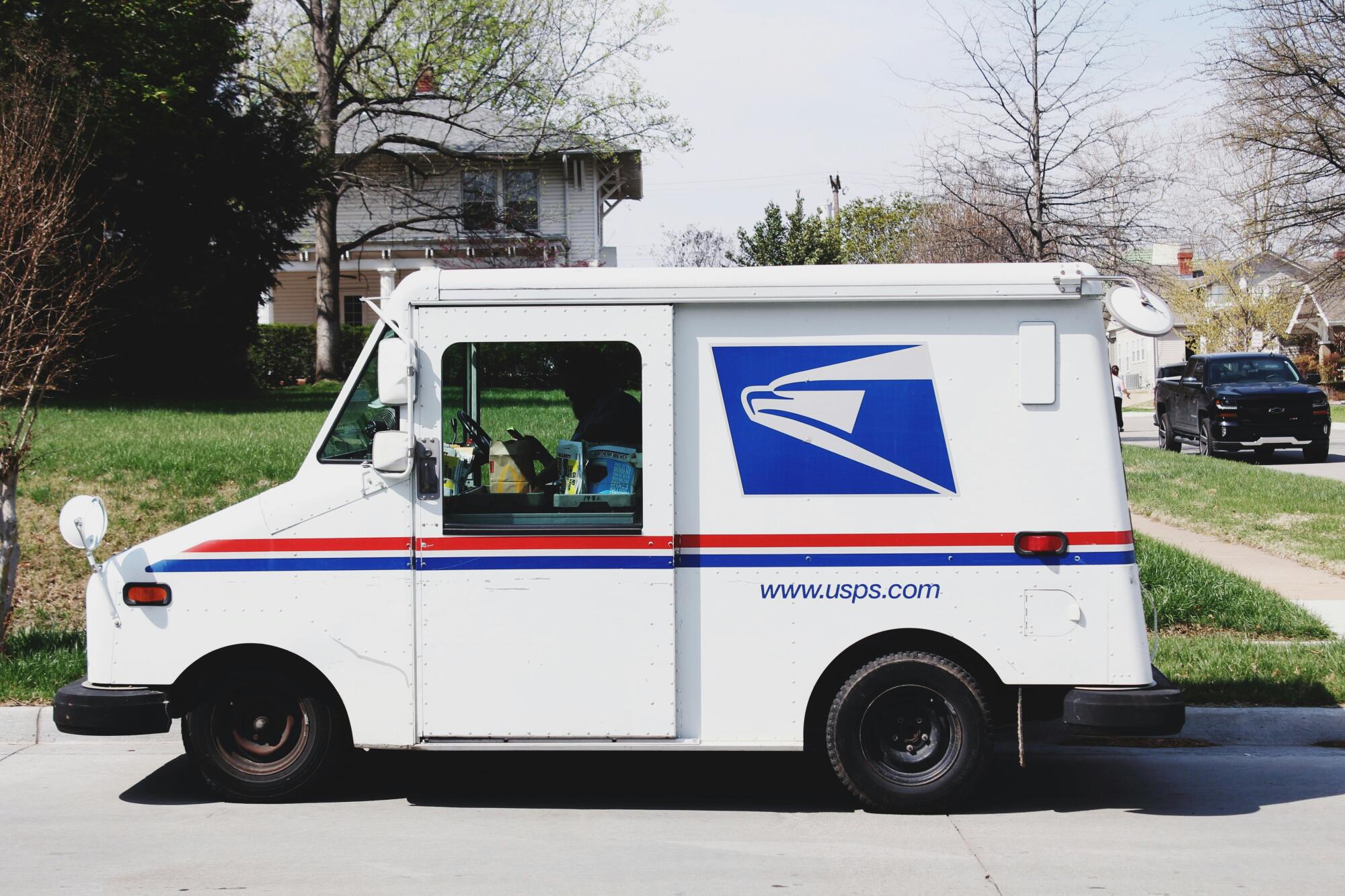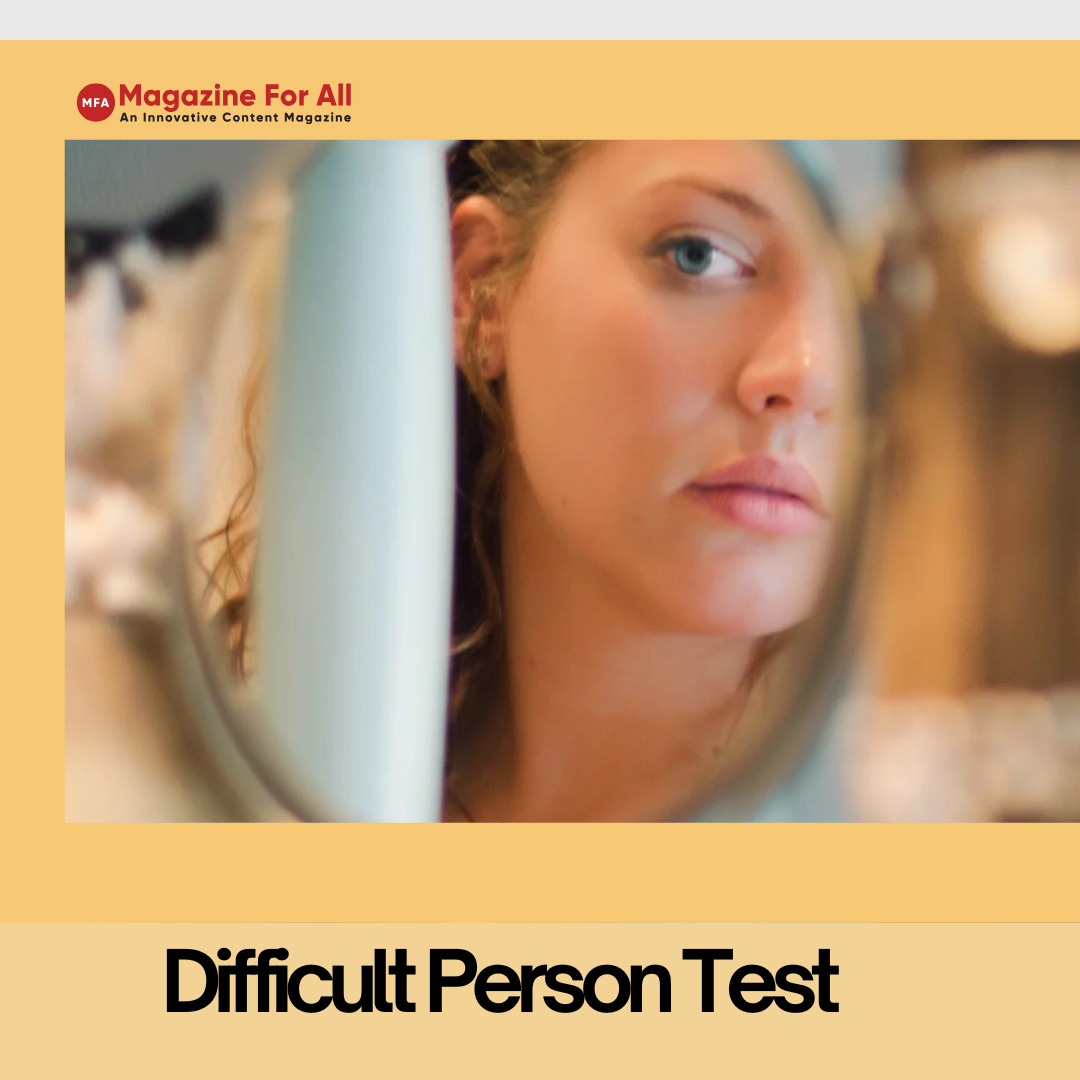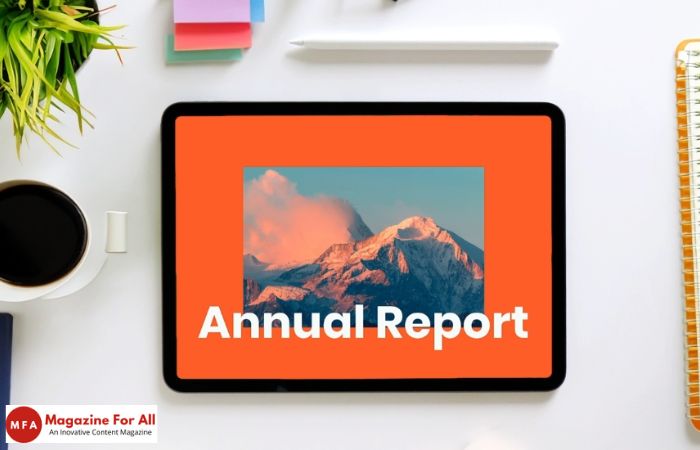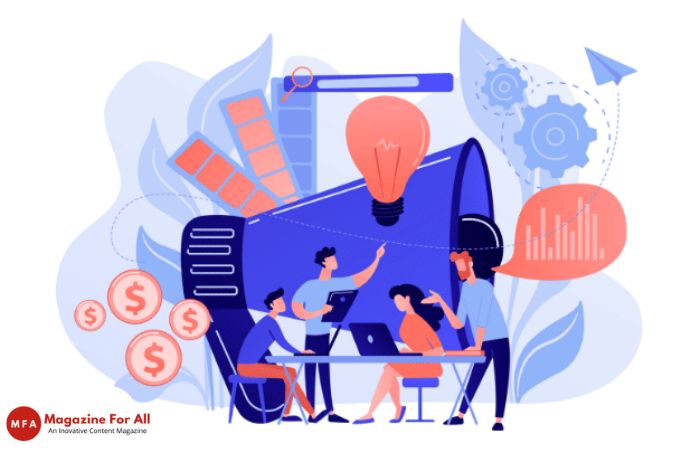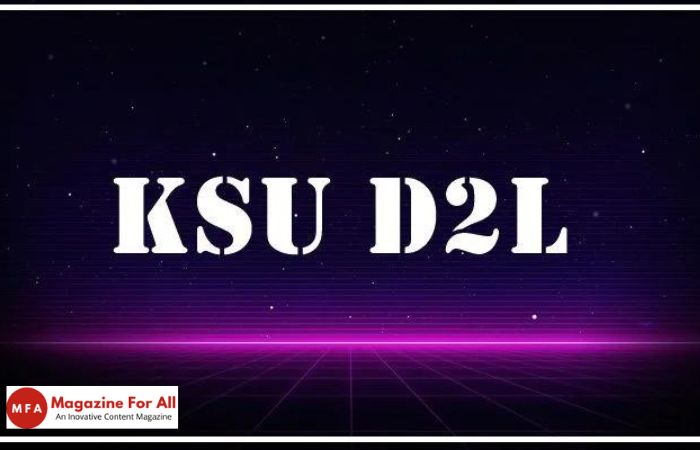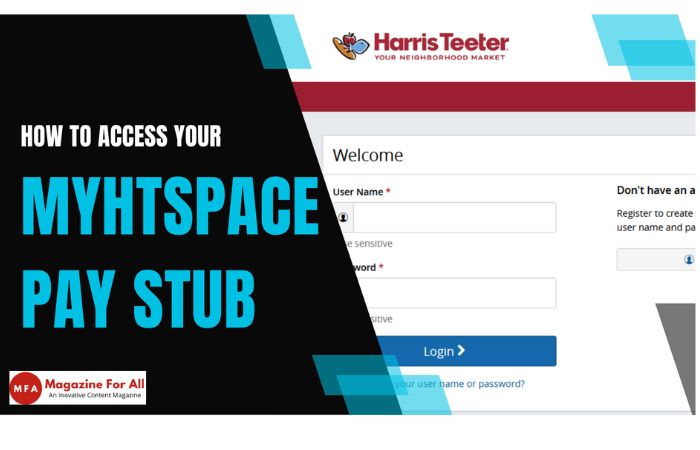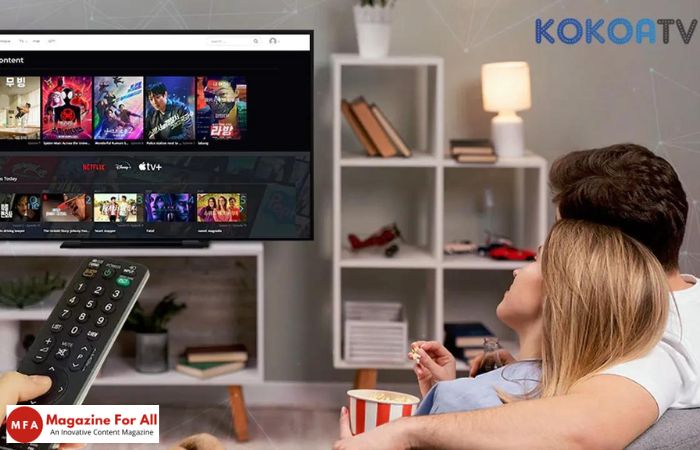Table of Contents
1. Introduction
What is the ADA and Why Was It Introduced?
The Americans with Disabilities Act (ADA), enacted in 1990, is one of the strongest civil rights laws in America. Its main intention is to safeguard individuals with disabilities from discrimination and ensure they enjoy the same rights and opportunities as anybody else. At first, the legislation targeted physical accessibility like ramps to buildings, accessible restrooms, and equal employment opportunities.
The ADA came in to dismantle barriers initially in physical locations, and now in virtual ones. In the modern world of online shopping, an inaccessible website is as alienating as a wheelchair-inaccessible building. That’s why ADA compliant accessibe websites are so important in 2025 not only do they allow businesses to fulfill legal requirements, but they also provide inclusivity and equal access for all in the digital world.
What Is “ADA Compliance Accessibe” Actually All About?
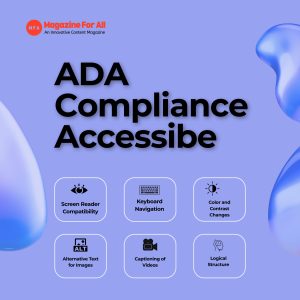
When we speak of an ADA compliance accessibe website, we mean creating and building web platforms that are ADA compliant and adhere to best accessibility practices. In short, it means your website is navigable and interpretable by individuals with varying abilities.
Some of the important points of ADA-compliant accessibility are:
Screen Reader Compatibility: Text and images should be readable by assistive technologies.
Keyboard Navigation: Users must be able to navigate the site with no mouse.
Color and Contrast Changes: Making text readable against backgrounds for users with visual impairments.
Alternative Text for Images (Alt Text): Descriptions so that visual users who are not visual can comprehend visual content.
Captioning of Videos: Allowing hearing-impaired users to perceive multimedia information.
Logical Structure: Utilizing headings, labels, and consistent navigation for readability.
That is, ADA compliance accessibe doesn’t necessarily equate to merely adhering to laws it’s about building a usability experience for everybody who visits. It makes certain that individuals with disability are capable of making online purchases, accessing details, reserving services, or communicating with businesses equally as others.
From a commercial standpoint, implementing ADA-compliant processes isn’t merely a matter of staying out of court. It enhances SEO, increases brand trust, and widens your consumer base by tapping into an otherwise underserved market. Search engines such as Google favor accessibe websites because they offer improved experiences for users, so in fact, compliance can increase your search rankings while safeguarding your company legally.
In 2025, ADA compliance accessibility isn’t nice to have it’s the norm that all websites should aim for. It’s a combination of legal obligation, moral practice, and savvy digital strategy.
2. Why ADA Compliance Matters in 2025
As we enter 2025, the discussion on ADA-compliant accessibe websites is more pressing than ever. The Americans with Disabilities Act (ADA) was initially designed to promote equal opportunity in public life, but now its influence goes far into cyberspace. With commerce, learning, shopping, and even medicine moving online, websites must be inclusive for all, including the over 1 billion individuals globally living with disabilities.
Accessibility can no longer be ignored. Non-compliant websites not only risk legal repercussions, but they also lose out on reaching a huge segment of potential buyers. ADA website compliance lawsuits keep increasing every year, with small and medium enterprises being the main focus. Apart from the legal liability, inaccessibility damages brand reputation, generates user frustration, and even impacts SEO performance, as search engines more and more prioritize usable and inclusive websites.
3. The Rise of Accessibility in Digital Spaces
In recent years, accessibility has shifted from being an afterthought to a central part of digital strategy. Companies now understand that an accessibe website is more than a matter of compliance it’s a business benefit.
Systems that are ADA compliance accessibe not only increase their audience but also provide improved user experiences. Design elements such as screen reader support, keyboard access, color contrast control, and video captions enable individuals with visual, hearing, motor, or cognitive disabilities to access content with ease. These same elements also make content more usable by everyone, from users in direct sunlight to users on slow internet connections.
Accessibility pressure is also being driven by technological advancements and rising awareness. Automated accessibility tools, AI-based solutions, and web design best practices are making it simpler for companies to attain compliance without completely rebuilding their site. Concurrently, consumers are increasingly speaking up about fairness and inclusivity and demanding brands adhere to these principles.
In 2025, accessibility isn’t just about compliance it’s about establishing trust, safeguarding your business, and making opportunities equal in the digital age. An accessibe website is not only compliant with ADA standards but also future-proof against legal liabilities, SEO issues, and changing consumer expectations.
4. Tools and Accessibility Checkers Use
Fortunately, you don’t have to dig out each issue manually. There are several ADA compliance accessibility checkers and tools that crawl your site and point out issues. Some of the most popular options are:
WAVE Web Accessibility Tool: Gives you a visual report of accessibility errors on your web pages.
axe DevTools: A browser extension that detects ADA compliance issues and provides recommendations for fixes.
Google Lighthouse: Includes accessibility scoring in its site audit, making it easier to increase both ADA compliance and SEO.
AccessibilityChecker.org: A dedicated platform for checking websites for compliance with ADA and WCAG.
SiteImprove Accessibility Checker: Perfect for agencies and large organizations requiring constant monitoring.
These tools provide you with actionable feedback as to whether your site is ADA compliance accessibe or requires adjustments.
Steps to Audit Your Site for ADA Compliance
Performing a website audit for ADA compliance accessibe standards is a combination of automated testing and manual check. Here’s an easy process to walk through:
Run Automated Accessibility Tests: Begin with tools such as WAVE or axe to effortlessly identify common mistakes.
Manually Test Keyboard Navigatio: Navigate your site using only the keyboard (no mouse) to ensure everything is accessibe.
Check Screen Reader Compatibility: Test with a free screen reader such as NVDA (Windows) or VoiceOver (Mac) to make sure your content is accessibe.
Review Media Files: Make sure that all images contain alt text, and all videos contain captions or transcripts.
Check Forms and Interactive Elements: Make sure forms, buttons, and dropdowns are labeled clearly for screen readers.
Validate Against WCAG Guidelines: Use your site against WCAG 2.1 guidelines, which correlate well with ADA compliance.
Document and Fix Issues: Make a list of issues and rank priorities, beginning with the highest-priority barriers.
Re-test and Monitor Regularly: Accessibility is continuous; plan audits no less than quarterly to keep your site ADA compliance accessibe.
5. Automated Accessibility Tools: AccessiBe vs UserWay
Making a website completely ADA compliance accessibe can be overwhelming for many businesses. Although manual fixes are usually the best, automated accessibility tools have become increasingly popular because they allow the process to be faster, easier, and more cost-effective. Two of the best solutions currently used in 2025 are AccessiBe and UserWay. Both promise to streamline accessibility by scanning websites, identifying problems, and making adjustments in real time. But how are they different, and which one is best suited for your company? Let’s explore.
Overview of Automated Accessibility Solutions
Automated accessibility solutions are software tools or plugins that integrate with your website to help it meet ADA compliance accessibe requirements. Instead of hiring a full development team to manually code fixes, these platforms use AI-powered technology to detect and resolve common barriers.
For example, they can:
- Add alt text descriptions for images
- Improve color contrast automatically
- Enable keyboard navigation
- Provide screen reader-friendly adjustments
- Add accessibility menus for users
The prime benefit is convenience and affordability. Although no software can substitute for a full manual audit, tools such as AccessiBe and UserWay assist enterprises, particularly small- and medium-sized businesses, in reaching a minimum level of ADA compliance rapidly.
6. AccessiBe vs UserWay – Main Differences & Key feature
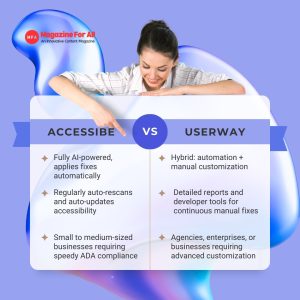
Below is a side-by-side table comparing the primary differences between the two tools:
| Feature | AccessiBe (accessWidget) | UserWay |
| Technology | Fully AI-powered, applies fixes automatically | Hybrid: automation + manual customization |
| Ease of Use | Very easy – add a small script, little setup needed | Easy to add but provides deeper manual controls (more effort required) |
| Accessibility Menu | Simple yet powerful – users can change fonts, spacing, colors | Extremely customizable – users have control of more elements (contrast, text size, alignment, voice navigation) |
| Compliance Monitoring | Regularly auto-rescans and auto-updates accessibility | Detailed reports and developer tools for continuous manual fixes |
| Integrations | Plays nicely on most platforms | Great integrations with WordPress, Shopify, Wix, Squarespace, etc. |
| Strengths | Fast, inexpensive, doesn’t require much technical expertise | Flexible, customizable, provides advanced features such as voice navigation |
| Limitations | May not catch sophisticated accessibility problems as it is primarily based on AI | Is potentially more costly and involves a bit of manual work |
| Pricing (2025) | Beginnings at ~$49/month, grows with website size | Beginnings at ~$49/month, high-end features are more |
| Best For | Small to medium-sized businesses requiring speedy ADA compliance accessibe websites | Agencies, enterprises, or businesses requiring advanced customization |
Summary
AccessiBe is the better option if you need a quick, AI-driven, low-maintenance solution to enable your site to be ADA compliance accessibe.
UserWay is the better choice if you desire more control, customizability, and sophisticated features, albeit at more work or expense.
Pros and Cons of Each Tool
AccessiBe Pros
- Completely AI-driven (little manual effort required)
- Easy installation process
- Ongoing scans to maintain website compliance
- Ideal for SMBs with limited budgets
AccessiBe Cons
- Very much dependent on automation (can miss sophisticated issues)
- Fewer customization options than UserWay
- Others find that it’s not sufficient for complete ADA compliance
UserWay Pros
- Very customizable widget
- Provides developers with more manual control
- Comes with voice navigation for users
- Supports a large number of platforms
UserWay Cons
- Is more manual effort compared to AccessiBe
- Customization can be disorienting for non-tech users
- Can be more expensive based on features chosen
- Pricing Differences
Which One is the Best Option?
The choice will depend on your business requirements:
Select AccessiBe if you prefer a quick, AI-based solution with little setup and lower maintenance over time. It’s ideal for small to medium-sized businesses with a need for a rapid means of making their site ADA compliance accessibe.
Select UserWay if you desire more control, flexibility, and features. It’s a more powerful choice for businesses that have technical capabilities or agencies serving multiple clients.
In practice, neither tool promises 100% compliance alone — but both are useful starting points. To ensure full protection, most companies supplement these automated solutions with manual audits and professional accessibility services.
✅ Last Word: As of 2025, utilizing tools such as AccessiBe and UserWay can conserve time, dollars, and headaches in court. The best remedy is the one that best fits your budget, resources, and long-term accessibility objectives. Both can assist you in creating a more inclusive, ADA compliance accessibe website that benefits all users equally.
7. When to Utilize Automated Tools versus Manual Audits
One of the largest questions companies have is whether they should be using automated accessibility tools such as AccessiBe or UserWay, or spend money on manual accessibility audits.
Automated Tools:
Automated tools are perfect for small and medium-sized organizations that require an easy, quick, and cost-effective method to accomplish ADA compliance accessibe standards. They can be installed quickly, and they operate in the background to correct a lot of frequent issues such as color contrast, alt text, and keyboard navigation. They might not identify all issues — particularly more sophisticated accessibility obstacles.
Manual Audits:
Human accessibility audits are conducted by professionals who manually test your site on assistive technology and WCAG principles. They detect deeply ingrained problems that get circumvented by automation, like complex form issues, ARIA roles, or content layout issues. Although manual audits are time-consuming and more expensive, they provide the maximum level of ADA compliance and long-term security against litigation threats.
The ideal solution is usually a hybrid solution: begin with an automated tool for speedier fixes, followed by a manual audit for a thorough, professional review.
8. Long-Term Benefits of Accessibility

Getting your site ADA compliance available isn’t solely about staying out of court — it’s an investment in the future of your brand. Some of the greatest long-term advantages are:
Broader Audience Reach: Millions of individuals who have disabilities can use and interact with your site.
Enhanced SEO Performance: Accessibility intersects with Google’s ranking indicators, including mobile usability, page structure, and user experience.
Stronger Brand Reputation: Inclusive businesses earn the trust, loyalty, and word-of-mouth of their customers.
Fewer Legal Risks: Continued compliance reduces your risk of lawsuits.
Improved User Experience for Everyone: Accessibility enhancements (such as captions, clean navigation, and readable fonts) also benefit people who aren’t disabled.
In short, accessibility isn’t simply a legal checkbox it’s a competitive advantage. By selecting the right partner and embracing continuous improvement, your business can remain compliant, safeguard itself against legal risks, and build a truly inclusive digital experience.
✅ Final Takeaway:
If you wish your website to be completely ADA compliance accessibe, don’t regard accessibility as a cost. Rather, view it as an ongoing investment that increases SEO, enhances brand trust, and makes your website function for everyone.
Frequently Asked Questions (FAQs)
a. What is an ADA-Compliant Website?
An ADA-compliant website is a website that adheres to accessibility guidelines so individuals with disabilities can utilize the site with ease. This implies aspects such as screen reader support, keyboard functionality, alternative descriptions for images, and captioning for videos are supported. In simple terms, an ADA compliance accessibe website provides equal opportunity access to everyone, irrespective of their capabilities.
b. Do All Companies Require ADA Accessibility?
Yes. Any company, organization, or service provider conducting business online should make their website ADA compliance accessibe. The ADA is not limited to large companies, but it also covers small companies, including eCommerce sites, agencies, schools, healthcare providers, and even local service businesses. Accessibility is no longer a choice — it’s mandatory in 2025.
c. Is WCAG the Same as ADA?
Not precisely. The ADA is a U.S. civil rights statute that forbids discriminating against people with disabilities. WCAG (Web Content Accessibility Guidelines), by contrast, is a group of international technical guidelines that describe how websites can be made accessibe. Most courts and the Department of Justice apply WCAG as the standard for whether a site is ADA compliance accessibe.
d. How Much Does It Cost to Make a Website ADA Compliant?
The price varies according to your method. Automated programs such as AccessiBe or UserWay begin at about $49/month and provide rapid patches. Professional accessibility services and manual audits can be more expensive upfront but provide greater compliance. Although there’s an expense involved, it’s often significantly less than the expense of ADA-related lawsuits, which can be tens of thousands of dollars.
e. Can I Be Sued if My Website Isn’t ADA Accessibe?
Yes. Businesses across the U.S. have faced lawsuits for having websites that are not ADA compliance accessibe. These cases are on the rise each year, especially against small and medium-sized businesses. Making your site ADA-compliant not only helps avoid legal risks but also improves SEO, brand reputation, and customer trust.
9. Conclusion: The Future of ADA Compliance Accessibe
By 2025 and beyond, developing an ADA compliance accessibe website is no longer a matter of simply complying with the law — it’s a matter of creating an equitable and inclusive online world. Companies that make accessibility a priority are not only safeguarding themselves from lawsuits but are also tapping into powerful potential to engage new markets, enhance SEO rankings, and deepen brand trust.
Accessibility is an investment, not a project that has to be completed once. By employing automated technologies such as AccessiBe or UserWay, or by booking professional manual audits, each action toward accessibility renders your site more usable, inviting, and forward-thinking. The increase in ADA lawsuits indicates non-compliance also comes with extreme risks, but accessibe design costs far less than the advantages it brings.
Ultimately, making your website ADA compliance accessibe is about more than compliance — it’s about commitment. Commitment to inclusivity, to better user experiences, and to ensuring that no visitor is left behind. Whether you’re a small business owner, an agency, or an enterprise brand, the time to act is now. By embracing accessibility today, you’re not just meeting ADA standards you’re building a stronger, smarter, and more sustainable digital presence for tomorrow.
For More Interesting Articles visit Magazine for all


